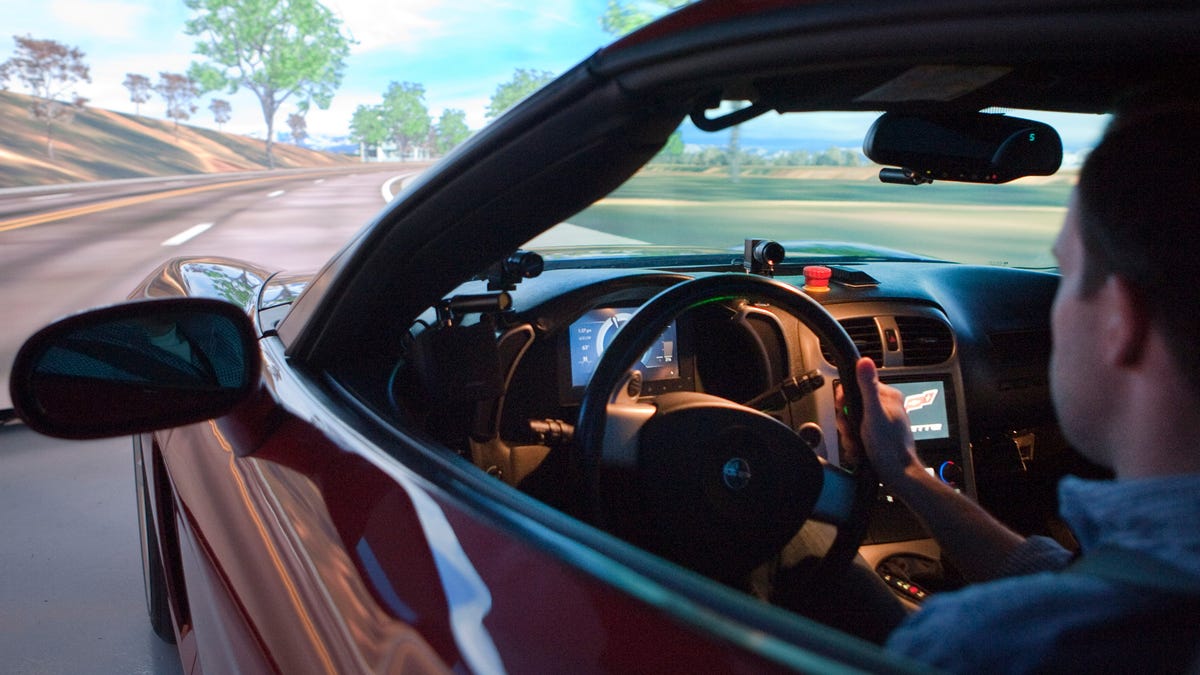GM to add more infotainment features--eventually
According to an article on GM's blog, the automaker will integrate online streaming applications in future vehicles and is developing a voice-recognition system similar to Ford's SYNC.

It seems that GM is realizing it needs to play catch-up to Ford's SYNC infotainment system, and has promised to release new features in addition to the beta testing of its OnStar-to-Facebook and voice text messaging capability that it announced this week.
"Within the next nine to 18 months, GM will aggressively introduce a wide variety of in-vehicle infotainment solutions providing smart, intuitive, and safe technologies that will improve the driving experience," says Micky Bly, GM's executive director of electrical architectures and infotainment.
On GM's blog, Bly says that the automaker will integrate online streaming applications such as Pandora, Stitcher, and XM so that occupants have access to the latest music, podcasts, up-to-the-minute sports scores, weather, and stock quotes. GM is also working to develop a voice-recognition system similar to Ford's SYNC Services.
But they're also keen to mention that they're taking safety seriously and are testing to ensure that these additional features don't compromise safety. To demonstrate its commitment to safety, it has released information on the lab simulator that engineers used to track a test driver's eye movement and time how long it takes to perform tasks.
The simulator lab is outfitted with seven high-definition Christie projectors to display a 360 degree virtual landscape and roadway, and the infotainment components inside the simulator are movable so that engineers can adjust the components based on testing results. If a "driver" takes too long to perform the test tasks, such as accessing music from their mobile device or adjusting cabin temperature, or if they can't stay in the lane or maintain speed, then it's back to the drawing board.
That's great, but it also sounds a little like an excuse of why the company is so late-to-the game with in-vehicle connectivity.

